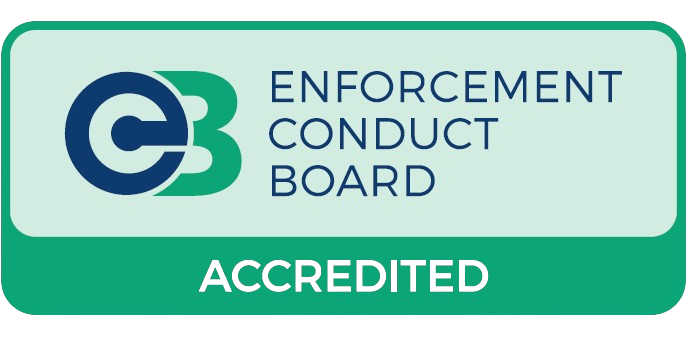Evicting Occupiers with Basic Protection – A Guide for Landlords explaining Licences and Tenancies
Some individuals who rent property in England and Wales fall into the category of having basic protection under housing law. They usually have a licence or tenancy and occupy self-contained accommodation, but do not qualify for the full protections of assured or assured shorthold tenancies.
- People in hostels or temporary supported housing
- Licensees granted personal occupancy rights
- Tenants whose agreements fall outside AST definitions
Legal Status
Occupiers with basic protection are entitled to **reasonable notice** and, crucially, a **court possession order** before they can lawfully be evicted. They are protected under the Protection from Eviction Act 1977 , and landlords must follow due process.
Eviction Process
- Serve a valid Section 8 or Section 21 notice, depending on the grounds.
- Apply to the County Court for a possession order if the occupier does not leave.
- Wait for the court order to be granted and issued.
- Instruct a County Court bailiff or transfer to the High Court for enforcement by an HCEO.
Comparison Table
| Occupier Type | Notice Required | Court Order? | Enforcement |
|---|---|---|---|
| Basic Protection | Section 8 or 21 | ✅ Required | County Court Bailiff / HCEO |
| Excluded Occupier | Reasonable notice | ❌ Not required | Peaceable re-entry / EA |
| AST Tenant | Section 8 / 21 | ✅ Required | Court Order + Bailiff or HCEO |
References
- Shelter – Eviction Process for Tenants
- Citizens Advice – Occupiers with Basic Protection
- Protection from Eviction Act 1977
- Gov.uk – Evicting Tenants
Prepared by UK Bailiff Services Ltd – professional enforcement agents operating under the Tribunals, Courts and Enforcement Act 2007. This content is intended for public legal education and does not constitute legal advice.
Last updated: July 2025

- Court order required
- Section 8 or 21 notice
- Eviction by bailiff or HCEO
- Unlawful eviction = criminal offence



